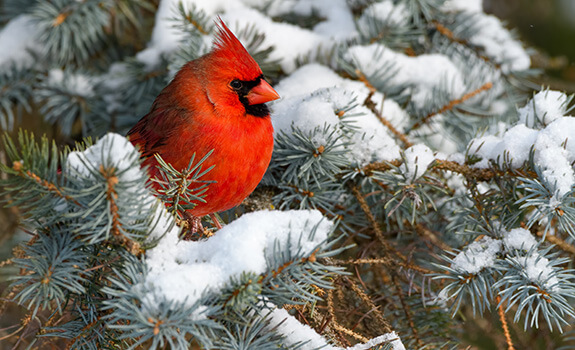December 20, 2024
Spot the Joy

By Valerie Driscoll, Lead Coach and Coaching Program Developer for Apollo Health
While recently participating in an online course in “Compassionate Resilience” with teacher Sharon Salzberg, the day’s lesson included an exercise in “joy spotting” as a way to create happiness. I was captivated by this particular phrasing, and it immediately brought to mind one of my favorite activities: birding or birdwatching in more common parlance. Birding is concurrently thrilling and relaxing while being a great exercise for the brain, but it can make one an interesting (or irritating) travel companion.
Anyone who has ever walked, driven, or sat on a ski lift with me will tell you that our time together included my interrupting either silence or conversation by excitedly blurting out “bird” while pointing out a shape either flying, perched, or floating. This is what birders do, mostly because we think everyone will be just as excited as we are with the discovery (whether they are or not is completely irrelevant). Invariably, whoever is with me will ask, “How did you even see that?” To which I reply, “practice.” Over the years, with careful attention and because it matters to me, I have wired my brain to spot movement, size, and shape, which means bird. It is a habit. I never think about it anymore; it just happens.
It made me think that spotting joy is exactly the same.
An abundance of solid science suggests that regulating one’s attention impacts mental and physical health. Fortunately, because of the brain’s neuroplastic nature, there is no age limit as to when one can begin to regulate and prioritize where to place their attention, providing additional choices and opportunities to find joy. If joy-spotting sounds too “woo-woo” for your taste, then feel free to exchange the term for a more scientific one, such as “regulation of attention resulting in positive affect.”
The full guide that describes how to regulate your attention and spot the joy in your life is available to PreCODE and ReCODE members.




